In the shadow of Iceland’s fiery volcanoes, where glaciers meet steaming lava fields, an unlikely agricultural revolution is taking root. Amidst the stark, otherworldly landscapes of the North Atlantic island, farmers are harnessing the power of geothermal energy to cultivate tropical crops—most notably, bananas. This bold experiment in sustainable agriculture is rewriting the rules of what’s possible in one of the world’s most extreme climates.
The concept of growing bananas in Iceland might sound like a whimsical fantasy, but it’s a reality made possible by the country’s abundant geothermal resources. Unlike traditional greenhouses that rely on fossil fuels, Icelandic banana farms tap into the Earth’s natural heat, channeling steam and hot water from underground volcanic activity to maintain warm, humid conditions year-round. The result is a carbon-neutral—or even carbon-negative—agricultural system that defies the limitations of latitude and climate.
At the heart of this innovation is the Hveragerði Greenhouse Village, a cluster of geothermal greenhouses about 45 minutes from Reykjavík. Here, bananas thrive alongside tomatoes, cucumbers, and even coffee plants, all nurtured by the same volcanic forces that once seemed purely destructive. "We’re not just growing bananas—we’re proving that Iceland can be a model for sustainable food production," says one local farmer, his hands stained with soil. "The heat beneath our feet is a gift, and we’re learning to use it in ways no one imagined a century ago."
The geothermal advantage goes beyond temperature control. Unlike conventional agriculture, which often depletes water resources, these greenhouses recycle condensation and runoff in closed-loop systems. The mineral-rich volcanic soil, though initially barren on the surface, becomes fertile when enriched with organic matter, creating a unique growing medium that some farmers claim enhances flavor. "Our bananas are smaller but sweeter than imported ones," boasts a worker at Friðheimar, a farm famous for its tomato-based cuisine. "People said we were crazy, but now chefs compete for our produce."
This agricultural alchemy hasn’t been without challenges. Iceland’s winters, with their near-constant darkness, require supplemental lighting—a hurdle partially overcome by the country’s cheap, renewable electricity from hydro and geothermal sources. Pests, too, pose a threat in these isolated ecosystems, prompting farmers to adopt innovative biological controls like predatory mites instead of pesticides. Yet every obstacle overcome makes the operation more resilient, a living laboratory for sustainable practices that could be adapted elsewhere.
The implications extend far beyond Iceland’s shores. As climate change disrupts traditional growing regions and the global food system grapples with its carbon footprint, geothermal agriculture offers a tantalizing glimpse of an alternative future. Researchers from as far as Kenya and Indonesia have visited to study the model, curious about adapting its principles to their own volcanic regions. Meanwhile, Icelandic bananas—though still a niche product—have become a symbol of local resilience, appearing in grocery stores and even inspiring banana-flavored skyr, the nation’s beloved yogurt.
Standing in a steamy greenhouse, with snow visible through the glass walls and the faint sulfurous scent of geothermal water in the air, the surreal contrast captures Iceland’s agricultural revolution perfectly. Here, where fire and ice coexist, the most improbable fruits are flourishing—not through force, but through harmony with the planet’s inner heat. As one farmer puts it while harvesting a bunch of dwarf bananas, "We’re not fighting nature anymore. We’re letting it lift us up."
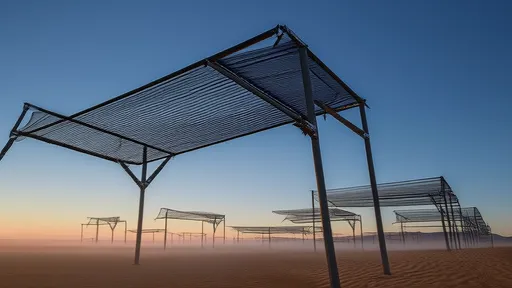
By /Jul 16, 2025
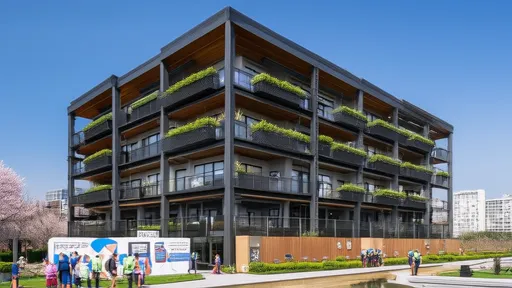
By /Jul 16, 2025

By /Jul 16, 2025

By /Jul 16, 2025

By /Jul 16, 2025

By /Jul 16, 2025

By /Jul 16, 2025
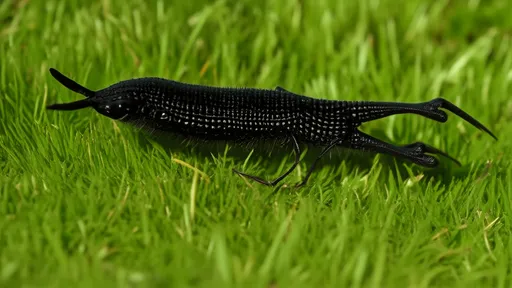
By /Jul 16, 2025
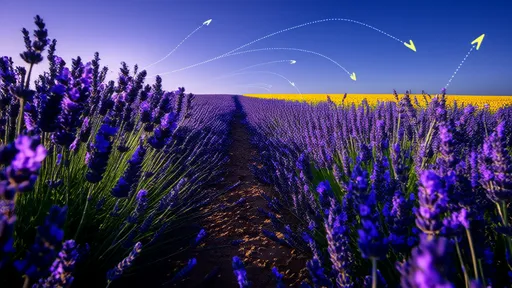
By /Jul 16, 2025
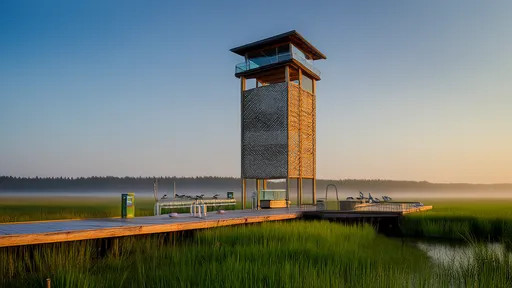
By /Jul 16, 2025

By /Jul 16, 2025

By /Jul 16, 2025

By /Jul 16, 2025

By /Jul 16, 2025

By /Jul 16, 2025

By /Jul 16, 2025

By /Jul 16, 2025

By /Jul 16, 2025